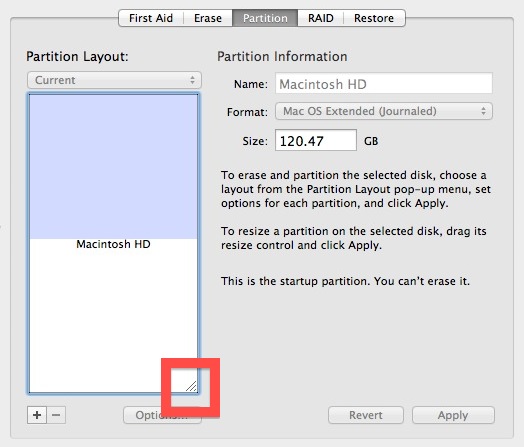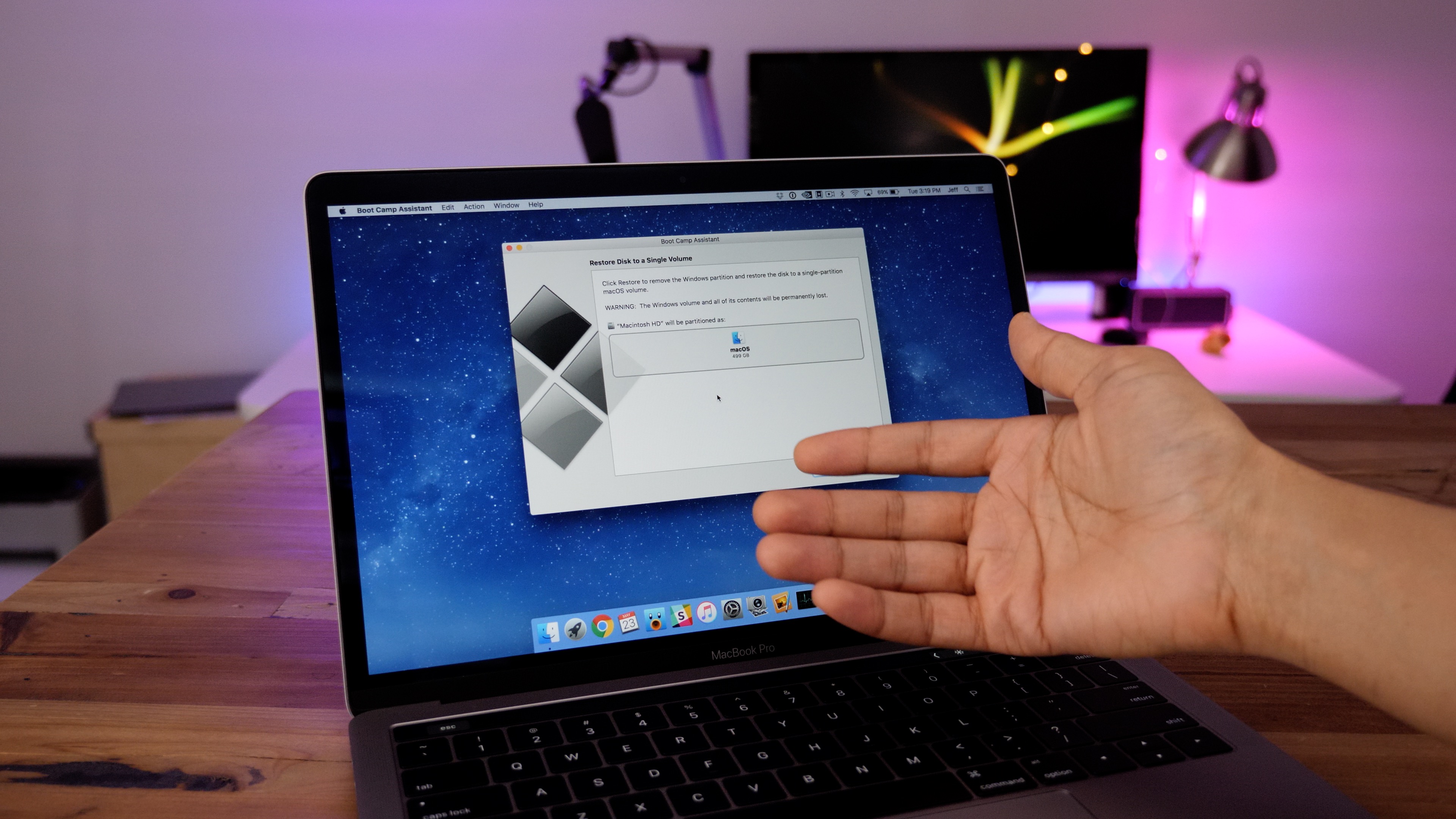
- Edit bootcamp partition from osx 2017 how to#
- Edit bootcamp partition from osx 2017 mac osx#
- Edit bootcamp partition from osx 2017 install#
- Edit bootcamp partition from osx 2017 update#
- Edit bootcamp partition from osx 2017 windows 10#
Remove Windows from your Mac using Boot Camp You must use Boot Camp Assistant to remove Windows, or a partition that was created with Boot Camp Assistant, from your Mac.
Edit bootcamp partition from osx 2017 windows 10#
If you’re interested in installing Windows 10 on your Mac’s internal drive, you can easily do so by means of Microsoft’s Windows 10 ISO download and the macOS Boot Camp Assistant.A Macworld reader resized their main volume to 369GB to set up a Boot Camp partition, but then realized it was too small.
Edit bootcamp partition from osx 2017 how to#

Edit bootcamp partition from osx 2017 update#
Modifying this control will update this page automatically Select version: Adjust Boot Camp Partition Size However, the Mac Partition does not show up in Windows File Explorer.ĩ96 997 Client Cars DME Dyno ECU ECU Flash ECU Removal ECU Tuning Flash Installation Porsche Porsche Tuning Tuning Tuning Box Turbo Video VR Tuned VRTuned wholesale VR Tuned Gearbox The Gearbox tuning is available with our OBDII port plug and play device that is designed to enhance your vehicles gearbox performance. Everything seems to have gone smoothly: Partitioning, Installation of Windows 10, and the Apple Bootcamp drivers.
Edit bootcamp partition from osx 2017 install#
So, I started out by deleting the old Win7 Bootcamp Partition using the Bootcamp Assistant on Mac and then created a new partition and went on to install Windows 10. One can never be too cautious before making changes and resizing partitions inside a mac is certainly not a minor task without danger.
Edit bootcamp partition from osx 2017 mac osx#
I live on the bleeding edge, though, and did this from the live filesystem without any data corruption.Test your backups before changing anything to be sure your computer boots from the Mac OSX clone as it should and check if your Winclone image does the restoring of the Bootcamp as it should. For the best file integrity, though, I’d probably recommend doing this from Recovery Mode. You will notice that your Mac becomes unresponsive for a time, as it verifies the filesystem, checks everything out, and then carries out the resize operation. Yes, You Can Resize Your APFS Container on a Live Filesystemīefore you ask, yes, I’ve verified this process works even when you’re booted into High Sierra on that APFS volume. In this case, diskutil automatically claims all available free space on the physical storage device, but you can also replace 0 with a size value. Next, resize your APFS container: diskutil apfs resizeContainer disk0s2 0

sudo diskutil eraseVolume "Free Space" %noformat% /dev/disk0s3 This command will do the trick, assuming your volume is named disk0s3. First, though, you have to delete the JHFS+ or other partition and set it as free space on your hard drive. If you decide you want to reclaim that space into your APFS container, you can do that using diskutil as well. Shrinking Your APFS Partition to Reclaim Space The diskutil command automatically locates the physical store for my APFS container, and resizes things accordingly. Note that in my case, I could replace disk0s2 with disk1 for either command, since my APFS container is located at disk1.

I could also create multiple partitions, using a command like this: sudo diskutil apfs resizeContainer disk0s2 750g jhfs+ Media 200g FAT32 Windows 50g The output of the command will look something like this: Resize you APFS container from Terminal I could have also issued the command like this, and diskutil would automatically determine the size for my new partition: sudo diskutil apfs resizeContainer disk0s2 750g jhfs+ Media 0b We need to use sudo here, to take administrative privileges over the Terminal session. That command would resize the APFS container from 1TB to 750GB, also creating a 250GB journaled HFS+ partition with the freed space. To shrink my 1TB APFS container to 750GB, I’d issue the following command in Terminal: sudo diskutil apfs resizeContainer disk0s2 750g jhfs+ Extra 250g You use the same command for both processes, but you might be likely to want to reduce the size of your APFS partition first, perhaps to install another operating system on your Mac. Let’s talk about shrinking the APFS partition, or container, first. Locating your APFS container prior to resizing it Resizd Your APFS Container (the Hard Way) Note that my APFS container is named /dev/disk1, and resides at /dev/disk0s2. Once there, issue this command to find out where your APFS container lives: diskutil list To do this, you’ll need to open Terminal from Applications -> Utilities.


 0 kommentar(er)
0 kommentar(er)
